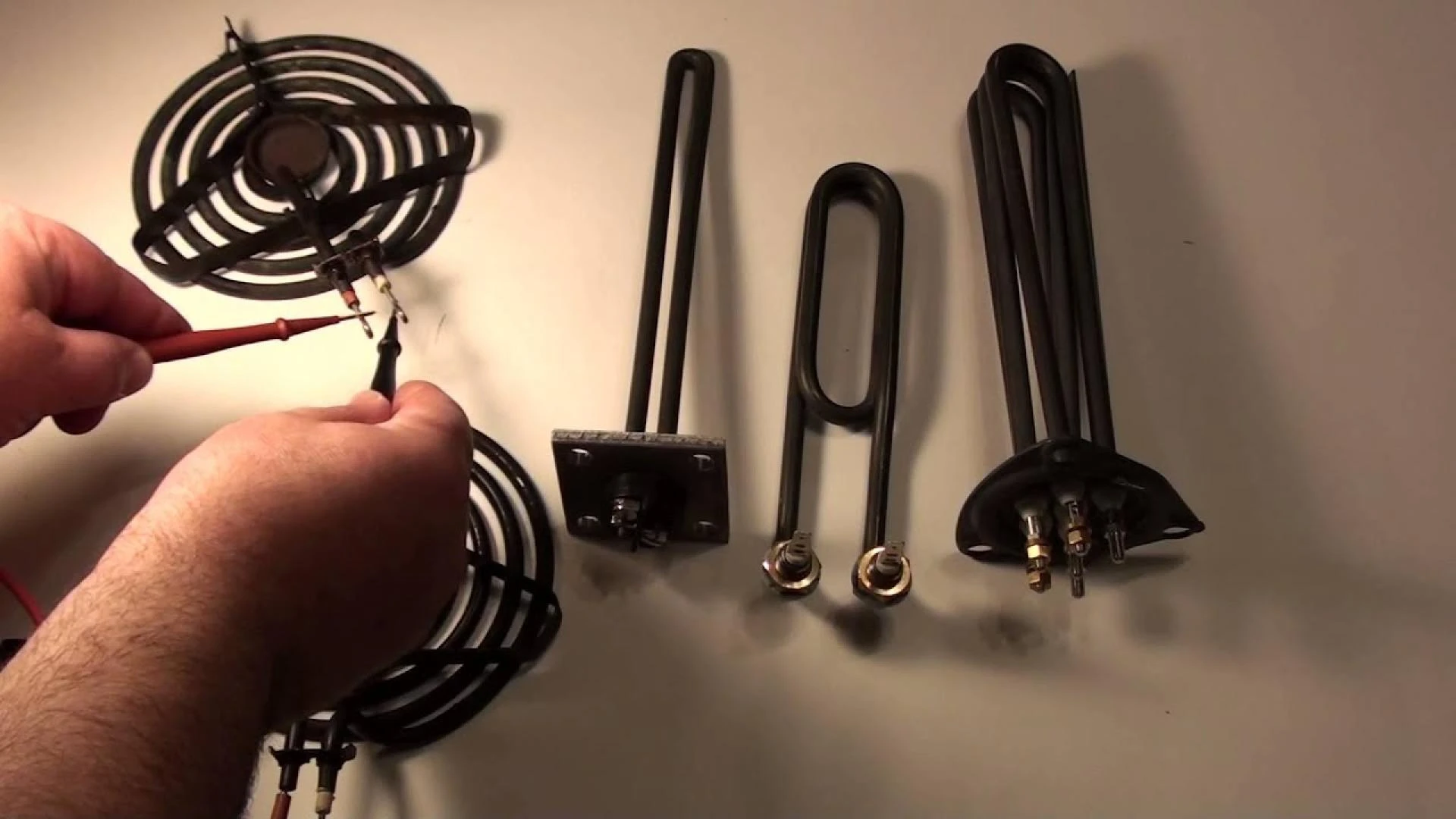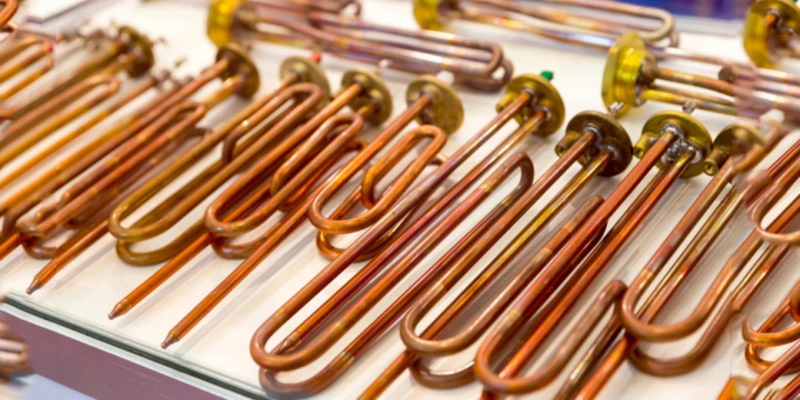Heating elements are the heart of many heating devices. Toaster, oven, and water heater are the important devices of the kitchen. Heating elements are small devices. This small device plays an important role in converting electrical energy into heat energy. Let’s discuss heating elements in this blog.
It is very important to understand the working of heating elements when you are in the engineering or technician field. This understanding can help you make smarter purchasing and design decisions.

Core Function of Heating Element:
- Converts electrical energy into heat
- Transfers heat to surrounding air, liquid, or solid materials
- Found in household, industrial, automotive, and scientific applications
How Does a Heating Element Work?
Let’s try to understand the principle behind heating elements. Resistance generates heat. When electricity flows through a conductor that resists the current, it produces thermal energy. Let’s discuss step by step:
Step-by-Step Process:
- Electrical current is passed through the element.
- The resistive material opposes the flow.
- This resistance produces heat.
- The heat is transferred to the surrounding environment or medium.
Household Applications of Heating Elements
Heating elements are all around us in homes, often hidden inside our daily appliances.
Everyday Appliances:
Electric Kettles
They are very useful for heating the water quickly. A coiled nichrome element is used to heat the water.
Hair Dryers
To blow the warm air, ceramic or nichrome wires are used with fan.
Toaster
Nichrome wire is used to brown the bread in the toaster.
Water heater
To warm the water, immersion-style tubular heating elements are used in the water heater.
Ovens and stoves
In these devices radiant coil or a hidden ceramic element is used.
Electric blankets
Thin, flexible resistive wire is used in fabric.
Industrial Uses of Heating Elements
In industrial settings, heating elements take on heavy-duty tasks where precise temperature control and reliability are key.
Common Industrial Applications:
- Plastic and Rubber Molding
- Food Processing
- Chemical Plants
- Heat Treatment Furnaces
- HVAC Systems
- Laboratory Equipment (e.g., autoclaves, incubators)
Types of Heating Elements
Different applications require different heating mechanisms. Here's a breakdown of the most common types:
1. Tubular Heating Elements
- Metal tubes with coiled resistance wires inside
- Filled with magnesium oxide for insulation
- Used in ovens, water heaters, and dryers
2. Ceramic Heating Elements
- Feature ceramic as an insulating and heat-emitting material
- Even heat distribution
- Found in hair dryers, irons, and room heaters
3. Flexible Heating Elements
- Thin, pliable sheets with embedded resistive wires
- Used in electric blankets, medical devices, and seat warmers
4. Infrared Heating Elements
- Emit infrared radiation to heat objects directly
- Ideal for paint drying, food warming, and space heating
5. Mica Heating Elements
- Layers of mica sheets with resistive wires
- Offer even heating and fast response times
- Used in electric irons and band heaters
6. Induction Heating Elements
- Use electromagnetic fields to generate heat
- Highly efficient but costly
- Found in induction cooktops and high-end industrial setups
Choosing the Right Heating Element
Before purchasing or designing a heating element, consider the following:
Selection Criteria:
- Wattage Requirement: Higher wattage for industrial applications
- Voltage Compatibility: Match the voltage compatibility with your system for proper working.
- Temperature Range: Don’t forget to consider the max operating temperature
- Safety Certifications: Safety is very important. Don’t compromise with safety.
Safety Tips When Using Heating Elements
Heating elements can pose fire and electrical hazards if not used correctly. Follow these tips for safe usage:
Safety Precautions:
- Never operate a damaged or exposed heating element
- Avoid water contact unless the element is waterproof-rated
- Always use temperature controls and cut-off systems
- Replace worn-out elements
Maintenance and Troubleshooting
With regular care and inspection, we can increase the life and performance of the product. Let’s discuss some maintenance checklists
Maintenance Checklist:
- Always check for physical damage or corrosion
- Monitor for unusual smells or noises
- Ensure proper wiring and insulation
- Clean dust and debris from air or fan heaters
- Test continuity using a multimeter
Common Issues:
- No Heating: Possible break in resistance wire
- Uneven Heating: Partial damage or poor connection
- Overheating: Thermostat failure or element wear
- Electrical Short: Damaged insulation or exposure to moisture
Heating Elements and Energy Efficiency
Energy efficiency is a growing concern, especially in commercial and residential heating systems.
Efficiency Tips:
- Don’t neglect the response time. Choose elements with a fast response time (like ceramic or infrared)
- Use smart thermostats for better temperature control
- Pot for energy-rated appliances
Final Thoughts
Heating elements are the backbone of modern heating technology. The use of heating technology is very common in every home these days. They play an important role in modernizing and smoothing out the various jobs in our daily lives. From the kitchen to industry, this small device is playing a very crucial role in our lives.


